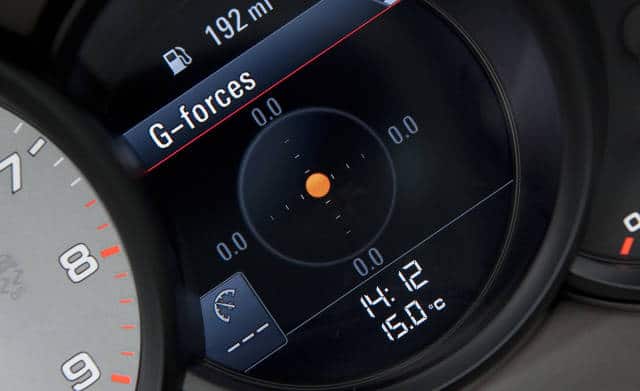What would you rather have, the best specs or the best user experience?
It seems, at least across the forums, comments and articles I’ve scanned over the last few days related to Motorola’s new Moto X smartphone, that opinion is clearly divided. And passionately so.
On the one side you have folks (like me) who want their latest device to be a powerhouse.
If I may speak for us, we see value in scrutinizing specs. In mid-2013, a 1080p HD display is pretty much table steaks. As is a quad-core processor, all-day battery, and updated technology such as Gorilla Glass 3 and the like. While benchmarks aren’t the end all, be all, they are important. Performance matters because, although all that horsepower might not be used today, it could come in handy 12-18 months down the road as more CPU intensive variants of Android are released, along with inevitably more sophisticated apps. That’s why one of the first things we “speeds and feeds” freaks do when a new Android model hits the market, be it the Galaxy S4, HTC One, Moto X or Verizon’s new line of Droids, is cut to the chase and jump to the specs – it cuts to the core.
When you pick up a phone, does it really matter what bits are inside, or is it the smoothness, the quan that really makes it stand out?
Just like car enthusiasts take comfort in knowing they’ve got a 3.8-liter 400hp beast under the hood, mated to a 7-speed paddle-shift twin-clutch PDK (oh, 911…), we gravitate towards muscle, raw power in our Androids. I think, in some respects, that’s partially why the original Droid and Verizon’s clever ‘Droid Does’ marketing campaign in 2009 were so successful – Droid was the anti-iPhone and the market was hungry for something different, not Disney-fied.
But there’s a new movement afoot. Led by those that believe that specs should take a back seat to the user experience.
For instance, just because a phone has four CPUs doesn’t necessarily make it faster or better. According to one of Motorola’s top engineers, Iqbal Arshad, pulling up a web page in fact uses only two CPUs. So if you were to conclude, based purely on specs, that something like a Galaxy S 4 would be faster than the new Moto X when loading Stark Insider, you’d be wrong.
This is where design and engineering mojo come into play. The whole can often be greater than the parts. There’s a reason why others can never seem to match the experience of driving a car made by Porsche or Ferrari. Sure, a manufacturer could slap together a wicked 900hp engine, put massive rubber on the thing, and find some 7-speed OEM transmission. But it would be missing something – part of that has to do with wisdom, but also it’s how the whole package comes together that provides that je ne c’est quoi.
Back to the Moto X and user experience then.
When you pick up a phone and start using it, goes the thinking, does it really matter what bits are inside, or is it the smoothness, the quan–to borrow from Cuba Gooding Jr. from Jerry Maguire–that really makes it stand out from the homogenized smartphone crowd?
In a defensive (and informative) piece on CNET, the aforementioned Arshad from Motorola explains the rationale for valuing quan over braun in the design of the Moto X.
Why dual-core processor when other phones in 2013 are using something more powerful?
“It is a dual-core processor, but the thing people have to understand is that in mobile devices, more CPUs don’t necessarily mean better or faster devices. In fact, in most instances, no more than two CPUs are being used at any given time. In order to save power, the algorithms controlling the device are often trying to turn off CPUs.”
And why on earth would you go with only 720p resolution?
“First of all, what Samsung has done with the GS4 screen is not true 1080P. Instead, Samsung is using a PenTile display. Each pixel is made up of three-color sub pixels. It’s missing one of the pixels. We are using a true RGB pattern custom display that gives true color reproduction without wasting battery life.”
It’s a good read and Arshad makes some good points – though part of me still believes Motorola came up short (as an exec confessed earlier this year was the case regarding their product pipeline) and instead tried to change the rules of the game with a $500-million fueled marketing campaign focused on personalization and… coziness.
Here’s the thing. We’re a spoiled lot. There’s an incredible array of top-tier smartphones on the market today. From the feature-rich Galaxy S 4 to the svelte beauty that is the HTC One, and to the ever popular iPhone 5 and to a Kevlar-backed range of Droids, we are not wanting for choice.
In 2007 Apple forever changed market and consumer expectations.
With the iPhone we didn’t need to make a decision regarding specs vs. user experience. Jobs and team gave us both.
The bar was raised. Others have come close, and though we may yet see a true contender this year (perhaps the LG G2, or Nexus 5?), no one has quite yet perfected the formula. In the world of Android, buyers are apparently still divided.

